The Bournemouth University Dementia Institute (BUDI) would like to introduce two new dementia PhD studies by Clare Cutler and Ben Hicks.
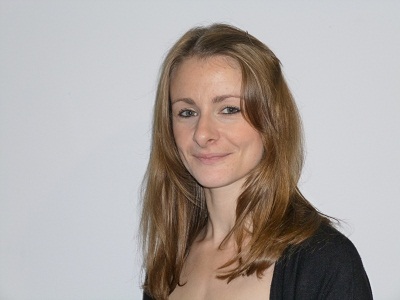 Clare Cutler, a research assistant in BUDI, has recently started a PhD in the field of dementia. The PhD looks to investigate how experiences of war impact on living with dementia and how understanding such experiences may enhance improvements in knowledge, awareness, care and wellbeing. As experiences of war extend far beyond the battle field, the study aims to look at groups other than veterans and prisoners of war. This is particularly relevant as it will increase understanding and insight into how traumatic experiences affect people with dementia and may help to provide reasons to promote personal and therapeutic care. Clare’s academic background in history and archaeology along with working in the field of dementia provides an interesting collaboration between the two subject areas. For more information on this project please contact Clare on 01202 965163.
Clare Cutler, a research assistant in BUDI, has recently started a PhD in the field of dementia. The PhD looks to investigate how experiences of war impact on living with dementia and how understanding such experiences may enhance improvements in knowledge, awareness, care and wellbeing. As experiences of war extend far beyond the battle field, the study aims to look at groups other than veterans and prisoners of war. This is particularly relevant as it will increase understanding and insight into how traumatic experiences affect people with dementia and may help to provide reasons to promote personal and therapeutic care. Clare’s academic background in history and archaeology along with working in the field of dementia provides an interesting collaboration between the two subject areas. For more information on this project please contact Clare on 01202 965163.
 Ben Hicks has recently joined the BUDI team to undertake a PhD in collaboration with AgeUK Dorset. Previously he worked as a researcher at the Institute for Employment Studies (IES) where he was a member of the health and well-being team. Before moving to BUDI, he managed a research project for the Social Care Institute for Excellence (SCIE) which informed the development of guidance documentation for carers wishing to implement and use Information and Communication Technology (ICT) to improve the well-being of people with dementia. The current PhD looks to draw upon and advance this work, by exploring the use of computer game technology as a care intervention to improve the well-being of men with dementia in rural areas of Dorset.
Ben Hicks has recently joined the BUDI team to undertake a PhD in collaboration with AgeUK Dorset. Previously he worked as a researcher at the Institute for Employment Studies (IES) where he was a member of the health and well-being team. Before moving to BUDI, he managed a research project for the Social Care Institute for Excellence (SCIE) which informed the development of guidance documentation for carers wishing to implement and use Information and Communication Technology (ICT) to improve the well-being of people with dementia. The current PhD looks to draw upon and advance this work, by exploring the use of computer game technology as a care intervention to improve the well-being of men with dementia in rural areas of Dorset.
Working closely with AgeUK Dorset and other dementia care providers in the local area, Ben will lead consultation groups with dementia experts, care practitioners, men with dementia and their family members to ascertain the most appropriate gaming technology to introduce; this could include the Xbox Kinnect, Nintendo Wii or the Nintendo DS. Having established the technology to be used, he will run a series of care interventions with men with dementia each lasting three months. He will determine the success and sustainability of these interventions by collecting qualitative and quantitative data prior to their introduction, immediately after their conclusion and three months post intervention.
The consultation period is due to commence in early 2013, with the care intervention phase likely to run through late 2013 to early/mid 2014 and the final results and guidance documentation to be published in 2015. For further information on the project please contact Ben on bhicks@bournemouth.ac.uk
 Professor Ruth Soetendorp, Associate Director of the Centre for Intellectual Property Policy and Management (CIPPM) in the Business School has been quoted in the Financial Times.
Professor Ruth Soetendorp, Associate Director of the Centre for Intellectual Property Policy and Management (CIPPM) in the Business School has been quoted in the Financial Times. 

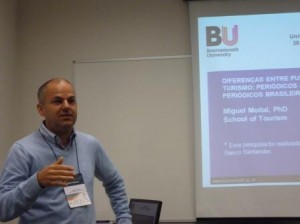



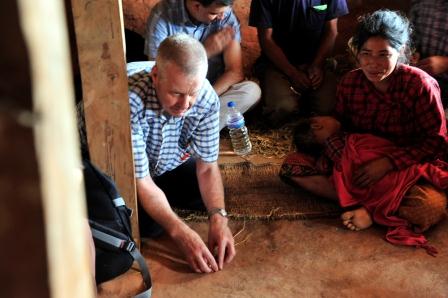
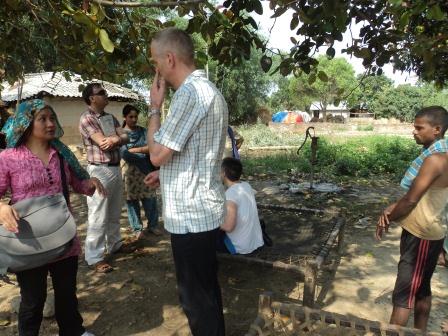
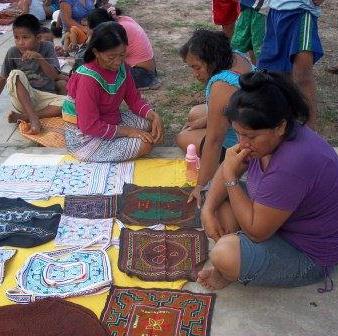

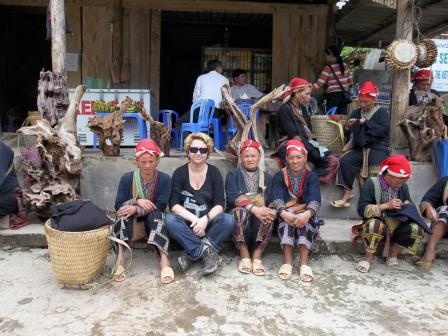

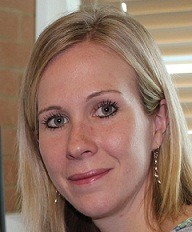















 FHSS academics teaching in Nepal
FHSS academics teaching in Nepal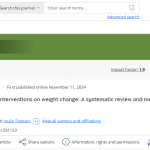 New weight change BU paper
New weight change BU paper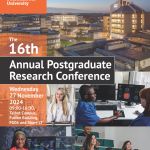 One week to go! | The 16th Annual Postgraduate Research Conference
One week to go! | The 16th Annual Postgraduate Research Conference Geography and Environmental Studies academics – would you like to get more involved in preparing our next REF submission?
Geography and Environmental Studies academics – would you like to get more involved in preparing our next REF submission?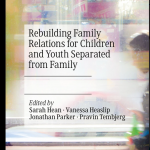 Congratulations to three former BU staff
Congratulations to three former BU staff MSCA Staff Exchanges 2024 Call – internal deadline
MSCA Staff Exchanges 2024 Call – internal deadline Applications are now open for 2025 ESRC Postdoctoral Fellowships!
Applications are now open for 2025 ESRC Postdoctoral Fellowships! Horizon Europe – ERC CoG and MSCA SE webinars
Horizon Europe – ERC CoG and MSCA SE webinars MaGMap: Mass Grave Mapping
MaGMap: Mass Grave Mapping ERC grants – series of webinars
ERC grants – series of webinars